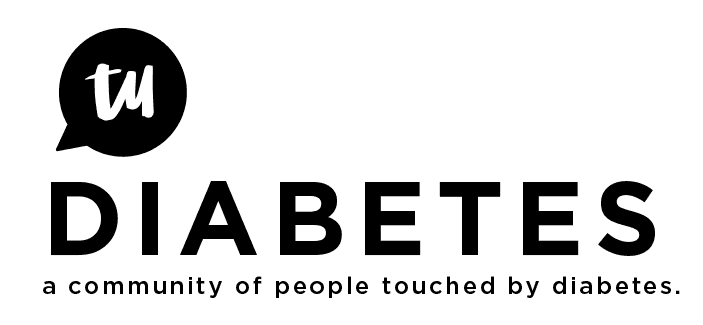I also dislike this term because I thought it was simply a layperson’s term to signify volatile and hard to control blood glucose levels. Apparently the term is used in both patient and medical professional circles.
I found this description published at a Pub Med, National Institutes of Health website.
Type 1 diabetes is an intrinsically unstable condition. However, the term “brittle diabetes” is reserved for those cases in which the instability, whatever its cause, results in disruption of life and often recurrent and/or prolonged hospitalization. It affects 3/1000 insulin-dependent diabetic patients, mainly young women. Its prognosis is poor with lower quality of life scores, more microvascular and pregnancy complications and shortened life expectancy. Three forms have been described: recurrent diabetic ketoacidosis, predominant hypoglycemic forms and mixed instability. Main causes of brittleness include malabsorption, certain drugs (alcohol, antipsychotics), defective insulin absorption or degradation, defect of hyperglycemic hormones especially glucocorticoid and glucagon, and above all delayed gastric emptying as a result of autonomic neuropathy.
According to the above citation, it is a relatively rare, occurring in only 3 of 1,000 cases of insulin dependent diabetes.
One thing that has bothered me about this term is that assigning it to a difficult to control form of diabetes relieves both doctors and patients of any further responsibility to help solve or mitigate the problem.
Before the days of insulin pumps, CGMs, new insulins, and automated insulin dosing systems, the person with diabetes was essentially flying blind as to their ongoing blood sugar status and veering off into severe hypo- or hyper-glycemia was more common.
My personal experience with reducing blood glucose volatility with a lower carb diet and diabetes technology has lead me to believe, at least in my case, that brittle diabetes was an unhelpful term. Before I discovered the great tools available to me to control BG instability, I could have just thrown up my hands and concluded that I’m a brittle diabetic and there’s no sense in even trying to better my life.
I think the term has been inappropriately been used to give up any efforts to try and stabilize blood sugar levels.
I do understand with the spectrum of personal experiences across the diabetic population, that there are people who live with a combination of physical problems including celiac disease, gastroparesis, allergies, and other hormonal imbalances. These complicating diagnoses can be understood to contribute to extreme blood glucose variability and the assignment of the term, “brittle diabetes.” I feel badly for these cases.
I think, however, that it is likely an over-used term. There’s much we all can do to reduce our blood glucose volatility but it takes some education and persistence to improve.
